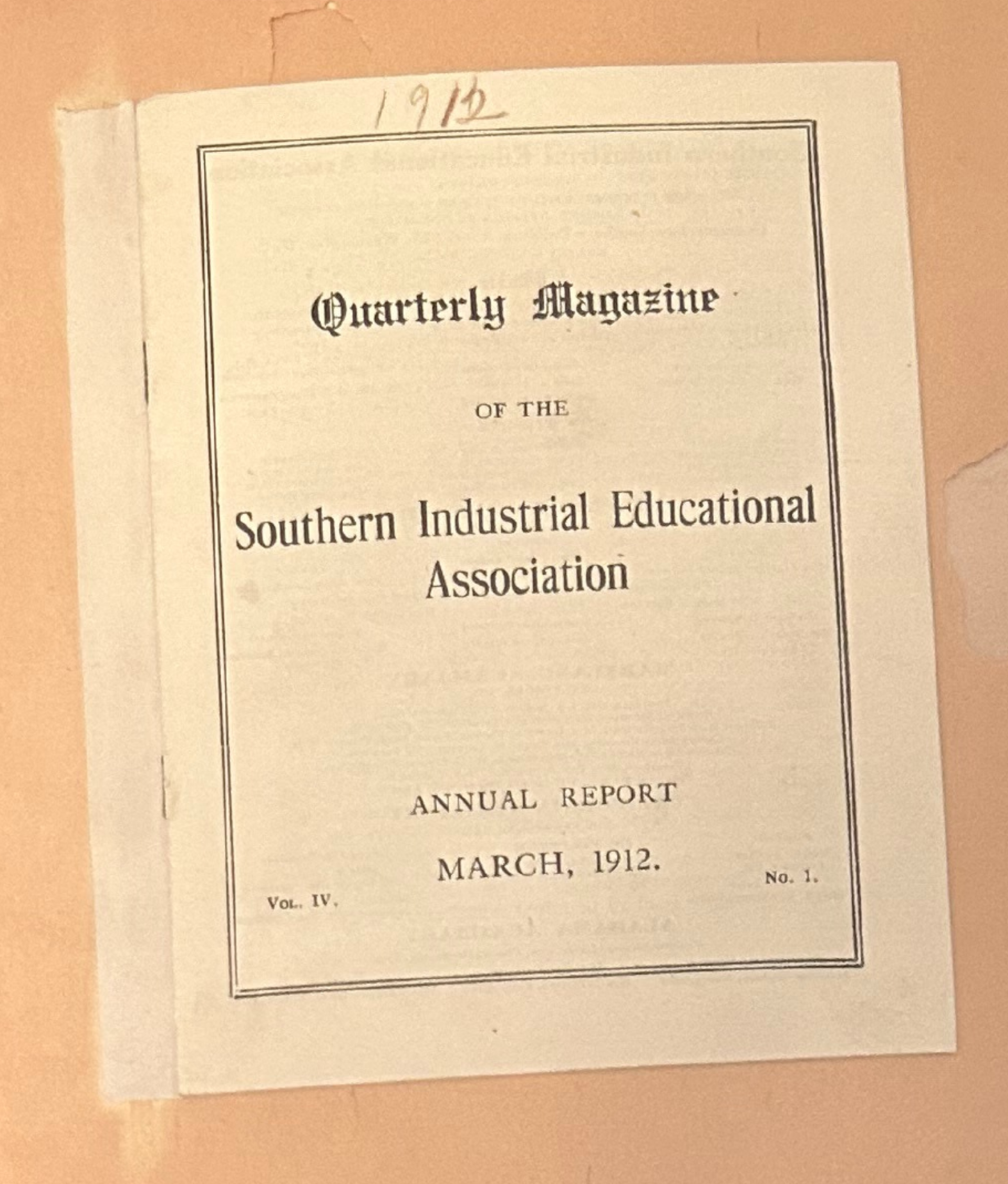The Origins of the Focus of Improving Education in Appalachia
Martha Sawyer Gielow, like Mary Mildred, was a Southern-born woman who lived in the North. She separated from her husband in the 1890s and made her home with her two children in New York. She created a successful career for herself by writing and performing songs and stories drawn from her childhood in rural Alabama. She was also devoted to improving education in her native region, particularly the neglected and impoverished mountain country of Appalachia.
In 1905, Mr. Gielow became one of the founders of the Southern Industrial Educational Association. Its mission was to aid so-called industrial schools, which provided basic education in areas where public schools were virtually nonexistent. Subsidized by donations and volunteer staff, industrial schools charged little or no tuition and usually included work-study programs that taught students practical skills and generated products ranging from food to furniture, either to be used at the schools or sold outside. The schools served as a community centers and became involved in the revival of traditional arts and crafts, such as weaving, woodworking, quilt-making, and basketry, which became increasingly popular in the early twentieth century. They also contributed to the preservation and dissemination of fold music, folk art, and traditional storytelling.
On April 7, 1906, Mrs. Gielow gave a recital of Southern songs and stories to a small but select audience at Astor Hotel in New York. Among those who attended was Mary Mildred. After the performance, Mrs. Gielow took her aside and asked for her to support the recently formed association. Mary Mildred probably didn’t need much persuading for her to organize a New York auxiliary of the organization and to serve as its president. She mildly protested that at 69 she was too old for the task, “but if my Southland needs me, I am at her service.”
Drawing upon her broad network of charitable donors, Mary Mildred quickly built the New York auxiliary into the most successful in the association – it consistently raised more money than the rest (of the other auxiliary groups in the Southern Industrial Educational Association) combined. With George’s (George Sullivan, Mary Mildred and Algernon Sydney’s adult son) faithful assistance, and using the model of the Charity Balls for the Nursery and Children’s Hospital, (Mary Mildred also was instrumental in this philanthropic organization) she organized annual Mardi Gras Balls that became the auxiliary’s most important fundraising events.
Mary Mildred’s and George’s work for the Southern Industrial Education Association was to have significant consequences later on. It focused their attention upon the special needs of Appalachia, and upon the importance of education in improving the well-being and future progress of its people.
Back to all News items.


